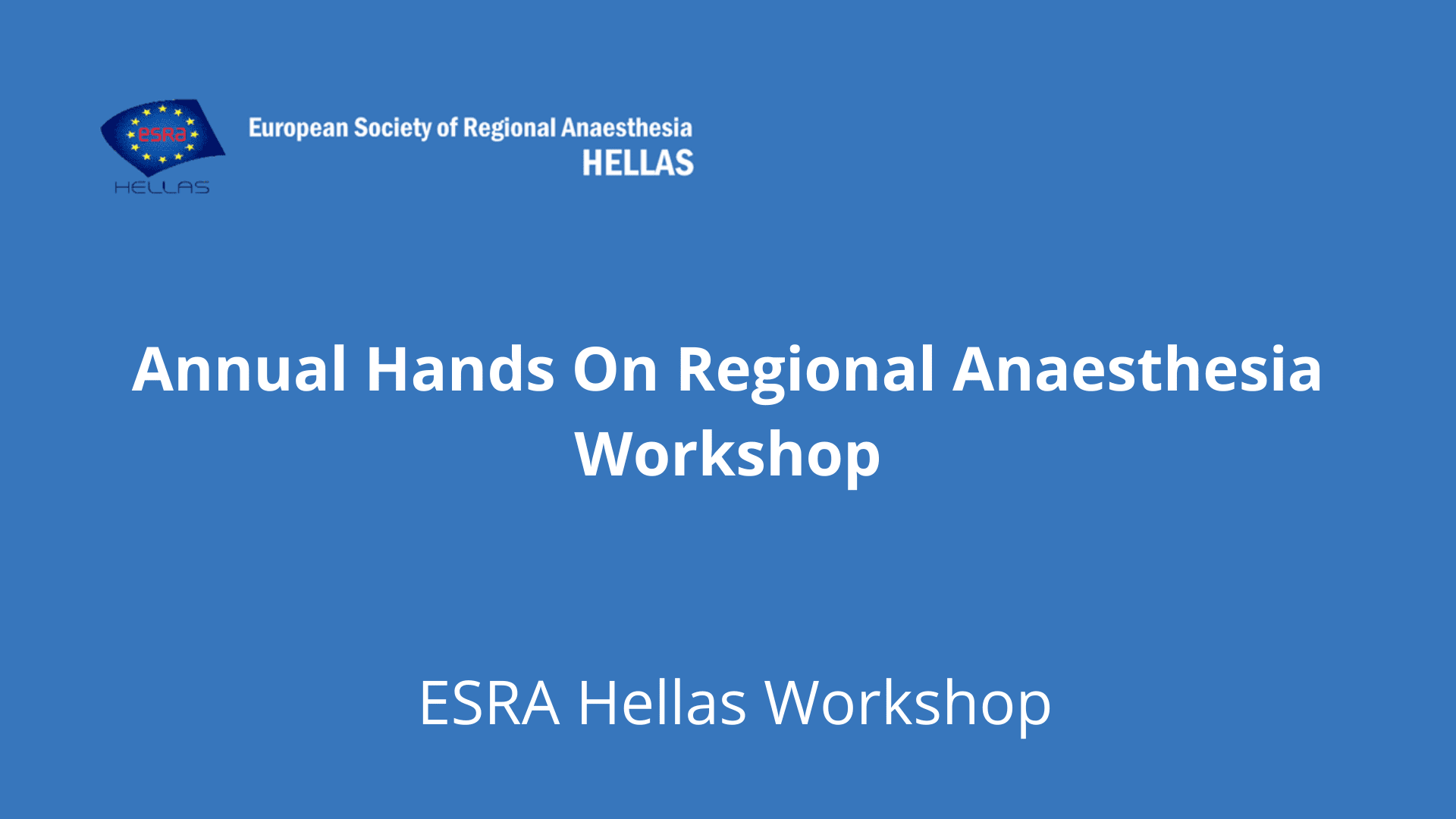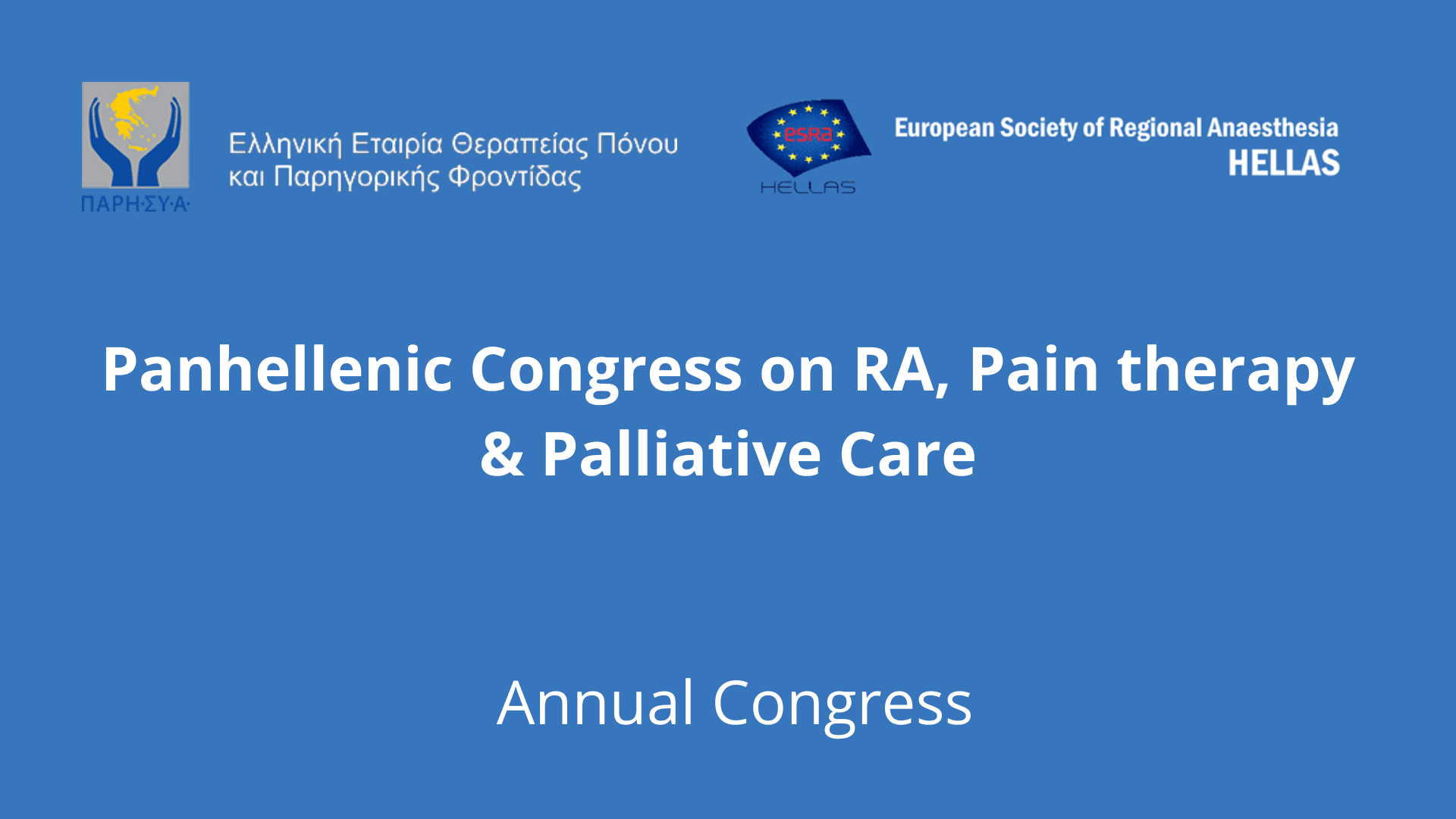Total Hip Arthroplasty

Total Hip Arthroplasty – PROSPECT
GUIDELINES – RECOMMENDATIONS
Procedure Specific Postoperative Pain Management
GUIDELINES – RECOMMENDATIONS
Procedure Specific Postoperative Pain Management
TOTAL HIP ARTHROPLASTY
SUMMARY RECOMMENDATIONS
Algorithm for the Management of Postoperative Pain: click here
PATIENT ADVICE
For more information click here
Well-informed patients can have a direct influence on their surgical outcome, especially in primary total hip arthroplasty where their active participation in rehabilitation and physiotherapy will determine how quickly they mobilise on their new joint. Patients should be aware of the main surgical complications in total hip arthroplasty, which include: nerve damage (sciatic nerve and/or femoral nerve), differences in leg length following surgery and dislocation. Information should be given on the approximate timetable for return to normal physical activities, that is, early weight-bearing mobility with a cemented prosthesis, and no weight- or low weight-bearing on the joint for approximately up to 6 weeks with a non-cemented prosthesis (requiring mobilisation with crutches). The patient should also understand the importance of complying with programmed mobility and muscle-strengthening exercises.
PATIENT ASSESSMENT
For more information: click here
Patients undergoing primary total hip arthroplasty are usually elderly and may demonstrate significant medical co-morbidity, such as hypertension, diabetes, ischaemic heart disease, renal dysfunction and obesity, all of which can have an effect on patient management before, during and immediately after surgery. In most patients, hip arthroplasty is carried out as an elective procedure and there should be sufficient time to optimise the patient’s general medical condition prior to surgery. It is also important to evaluate the pre-operative ‘activities of daily living’ and ‘biological age’ of the individual patient, as these can affect the choice of prosthesis (cemented or non-cemented) and will also affect the pattern of rehabilitation, and the need for patient care, in the postoperative period. In general, it is considered that non-cemented prostheses should be non-weight bearing for approximately 6 weeks (requiring mobilisation with crutches). However, recent studies have shown that there is no difference between immediate full weight-bearing and delayed weight-bearing following non-cemented implantation for functional scores and osteo-integration, and in addition there may be some benefits of immediate weight-bearing for early walking and hospital discharge (Chan 2003, Kishida 2001). Further studies are required to confirm the effects of immediate weight bearing on the postoperative rehabilitation pattern.
TOPICS FOR FUTURE RESEARCH – FUTURE DIRECTIONS:
Future Research Topics for Total Hip Arthroplasty
- The optimal composition of a multimodal analgesic regimen: which individual modes are effective and which is the best combination?
- The role of different analgesic techniques in adverse events during early recovery
- Local infiltration analgesia: optimal volume and concentration
- The impact of effective analgesia on long-term outcomes including pain scores after discharge, range of movement at 3 months, incidence of chronic pain
PROSPECT REVIEW UPDATE METHODOLOGY
PROSPECT Total Hip Arthroplasty Subgroup
For each review, a Subgroup of the PROSPECT Working Group performs an initial evaluation of the evidence and also drafts clinical practice statements and recommendations, which are then discussed by the whole Working Group before a final consensus is reached. The Subgroup may sometimes also include a non-Working Group member. For the total hip arthroplasty review (update 2011), the Subgroup members were:
- Dr Barrie Fischer
- Dr Christian Simanski
- Dr Thomas Jaschinski
GRADING OF THE RECOMMENDATIONS
The recommendations of the PROSPECT Working Group are graded A – D, based on the level of evidence from the studies, which is in accordance with the Oxford Centre for Evidence-Based Medicine (CEBM 2009; Sackett 2000). In the context of PROSPECT, recommendations based on procedure – specific evidence are grade A, those based on transferable evidence are grade B, those based on evidence from case series are grade C, and those based on clinical practice are grade D. Updated PROSPECT methodology has been used for new procedure reviews started since 2006, whereas the methodology used for this total hip arthroplasty update is consistent with the original methodology used for the previously published review.
Update of The Total Hip Arthroplasty Review (2011)
The PROSPECT Working Group reviewed the new evidence identified in the updated literature search (1966–July 2010) and determined whether there was:
- New procedure-specific evidence
- New transferable evidence
- No new evidence
Based on the review of the updated evidence, the Working Group re-examined and updated the clinical practice points and recommendations as necessary. For each clinical practice point, the Working Group judged which of the following applied:
- Still valid
- Remove
- Modification needed
- New clinical practice point
For each recommendation, the Working Group judged which of the following applied:
- Unchanged
- Strengthened
- Weakened
- Qualified
- Reversed
- New recommendation
PROSPECT FINAL RECOMMENDATIONS
For the Final PROSPECT Recommendations for Total Hip Arthroplasty (2011)
SUMMARY – FINAL RECOMENDATIONS 2011
PROSPECT provides clinicians with supporting arguments for and against the use of various interventions in postoperative pain based on published evidence and expert opinion. Clinicians must make judgements based upon the clinical circumstances and local regulations. At all times, local prescribing information for the drugs referred to must be consulted.
In brief, the PROSPECT recommendations for pre-, intra- and postoperative interventions for the management of postoperative pain in total hip arthroplasty are as follows:
RECOMMENDED
Recommended Preoperative Interventions
- COX-2-selective inhibitors in time to provide sufficient analgesia when the patient wakes (grade D)
Recommended Postoperative Interventions
-
COX-2-selective inhibitors or conventional NSAIDs (grade A) in combination with paracetamol and/or strong opioids for high-intensity pain (grade A) or with paracetamol and/or weak opioids for moderate- or low-intensity pain (grade D)
-
Strong opioids in combination with non-opioid analgesia to manage high-intensity pain (grade A), in time to provide analgesia in the early postoperative recovery period, administered by IV patient-controlled analgesia (grade A) or IV titrated for pain intensity (grade D)
-
Weak opioids for moderate- or low-intensity pain if conventional NSAIDs or COX-2-selective inhibitors are insufficient or are contra-indicated (grade D)
-
Paracetamol (grade A) in combination with conventional NSAIDs or COX-2-selective inhibitors, with or without rescue opioids (grade B)
-
Epidural infusion with local anaesthetic plus opioid for cardiopulmonary risk patients (grade B), in time to provide analgesia in the early postoperative recovery period (grade D)
-
Posterior lumbar plexus block (psoas sheath blocks) (grade A) or femoral nerve block (grade B) or single-bolus spinal morphine as a part of spinal anaesthesia (grade B), depending on the balance of efficacy and risks for the individual patient
-
Intra-operative, high-volume, low-concentration wound infiltration (LIA) (grade A)
Note: Although an intra-operative intervention may be used to produce surgical analgesia, its main effect is measured in the postoperative period. All intra-operative anaesthetic and/or analgesic interventions are considered in the postoperative section.
NOT RECOMMENDED
Preoperative Interventions that are NOT Recommended
- Conventional NSAIDs (grade A)
- Alpha-2-delta-receptor modulators (grade A)
- Ketamine (grade D)
- Strong opioids (grade D)
- Corticosteroids (grade D)
Intraoperative Interventions that are NOT Recommended
- Wound drains (grade B)
Postoperative Interventions that are NOT Recommended
- Ketamine (grade D)
- Corticosteroid (grade D)
- Epidural clonidine (grade D), epidural magnesium sulphate (grade D), epidural extended-release morphine (grade B)
- Spinal clonidine (grade A), short-acting spinal opioids (grade D), continuous spinal anaesthesia (grade D)
- Wound catheter techniques using local anaesthetic (grade D)
- Wound infiltration at the drain site (grade D)
The PROSPECT final recommendations are based on short-term pain outcomes (e.g. pain scores and supplementary analgesic use), following total hip arthroplasty. The recommendations do not take into account rehabilitation related to long-term pain. This is because rehabilitation programmes for patients undergoing total hip arthroplasty vary greatly between countries, and there is a lack of data for the effects of different rehabilitation regimes on long-term pain outcomes. Indeed, most studies assessing postoperative pain in total hip arthroplasty do not continue beyond 48 h following surgery. It is considered that adequate postoperative pain control is a prerequisite for successful rehabilitation because it allows early mobilisation and permits a more rapid initiation of physiotherapy.
The PROSPECT final recommendations are presented in the algorithm (see above) and are categorised according to the different anaesthetic techniques used for total hip arthroplasty. The PROSPECT group recommends that the choice of anaesthetic technique should be primarily based on the disposition of the patient rather than the management of their postoperative pain. However, based on postoperative pain outcomes, the continuation of some form of regional analgesia following general anaesthesia is recommended over the use of general anaesthesia alone.
Following surgery, the PROSPECT recommendations for pain management encompass a step-down approach for managing high-intensity pain in the immediate postoperative period, to moderate- and low-intensity pain later in the postoperative period. For this step-down approach, PROSPECT recommends opioids (strong opioids initially, followed by weak opioids) in combination with paracetamol and conventional NSAIDs or COX-2-selective inhibitors, administered as appropriate for the level of postoperative pain.
Key to terms and abbreviations in the algorithm:
- * High – intensity pain, VAS > / = 50 mm
- ** Moderate – intensity pain, VAS < 50 >30, on a scale of 1–100 mm
- ** Low – intensity pain, VAS < / = 30 mm
IV, intravenous; LA, local anaesthetic; PCA, patient – controlled analgesia; PCEA, patient – controlled epidural analgesia; PCRA, patient – controlled regional analgesia; high risk patients: patients with significant cardiopulmonary co – morbidity or other serious co – morbidity.






